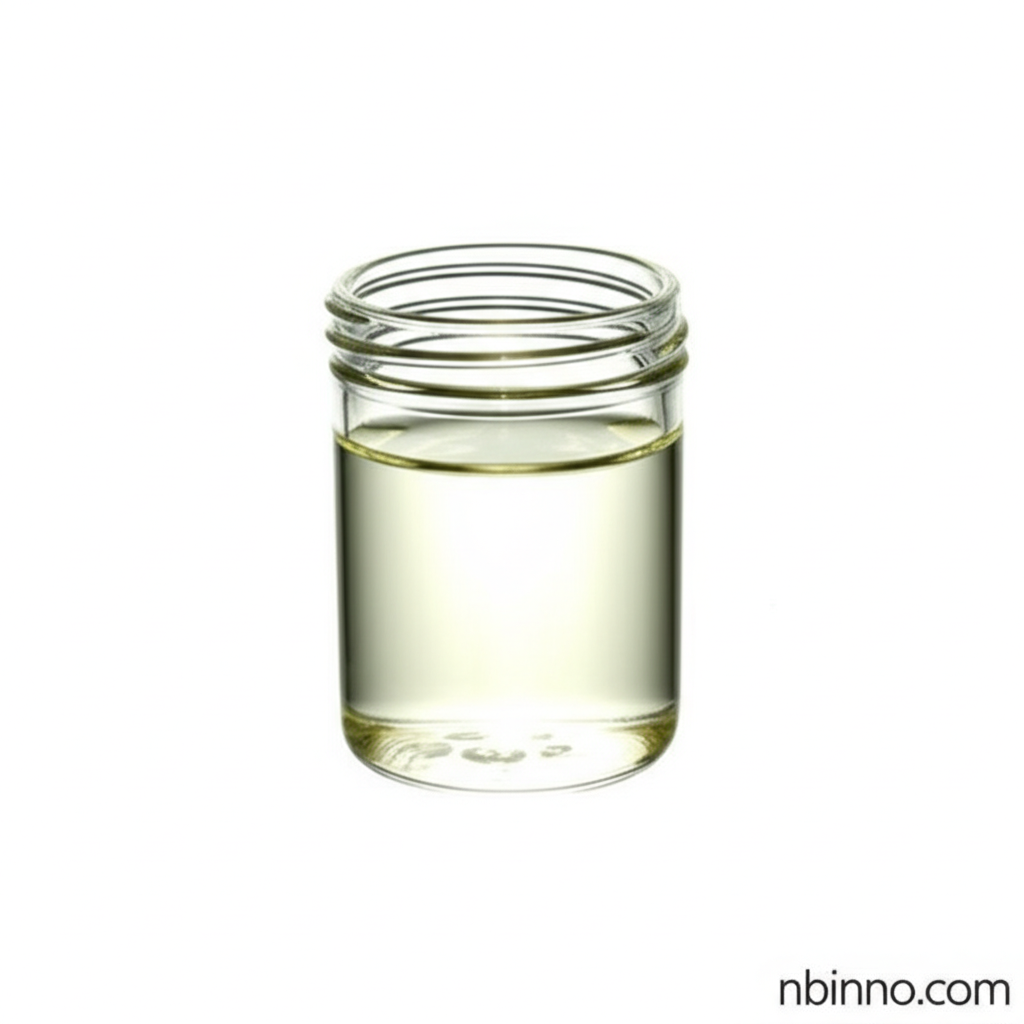2-Methylbutanal: A Versatile Aldehyde for Flavor, Fragrance, and Chemical Synthesis
Discover the aromatic power of 2-Methylbutanal, a key ingredient enhancing flavors from coffee to chocolate.
Get a Quote & SampleProduct Core Value

2-Methylbutanal
Unlock a spectrum of sensory experiences with 2-Methylbutanal, a vital organic compound prized for its significant contributions to the flavor and fragrance industries. Its characteristic fruity aroma and versatile application make it an indispensable component in creating nuanced taste profiles.
- Leverage 2-methylbutanal flavor compound to craft authentic rum and rich chocolate notes in food products.
- Understand the detailed 2-methylbutanal chemical properties for precise formulation in your creations.
- Explore the diverse uses of 2-methylbutanal, from baked goods to coffee beverages.
- Source high-quality 2-methylbutyraldehyde flavorings to elevate your product's sensory appeal.
Advantages Provided by the Product
Enhanced Flavor Profiles
Utilize 2-methylbutanal for food spices, particularly in developing authentic rum, chocolate, and coffee flavorings, significantly boosting product appeal.
Versatile Application
From baked goods to confectioneries, the broad application of 2-methylbutanal makes it a staple in creating complex and desirable flavor compositions.
Chemical Stability and Purity
With defined chemical properties and recommended storage conditions, this aldehyde ensures consistency and quality in your flavor and fragrance formulations.
Key Applications
Food Flavoring
As a key component in food spices, 2-methylbutanal is essential for creating popular tastes like rum, chocolate, coffee, banana, and bread.
Fragrance Development
Its pleasant aroma contributes to various fragrance compositions, adding fruity and sweet nuances.
Chemical Synthesis
Serves as an intermediate in the synthesis of other organic compounds, showcasing its utility beyond direct flavoring applications.
Aroma Research
The study of 2-methylbutanal chemical properties aids in understanding aroma mechanisms and developing new sensory experiences.
